Getting Technical: Top tier technologies

These three areas of innovation are significantly changing boaters’ lives for the better.
Innovation in the past five years or so has been a little bit lumpy. The impacts of a global pandemic, followed by severe supply-chain shortages, slowed the pace of product introductions and advancements. Even so, three major innovations are hitting the marine marketplace with a big splash. Each one is changing the way boaters use their boats, and leaving a lasting imprint on the industry.
Battery Power
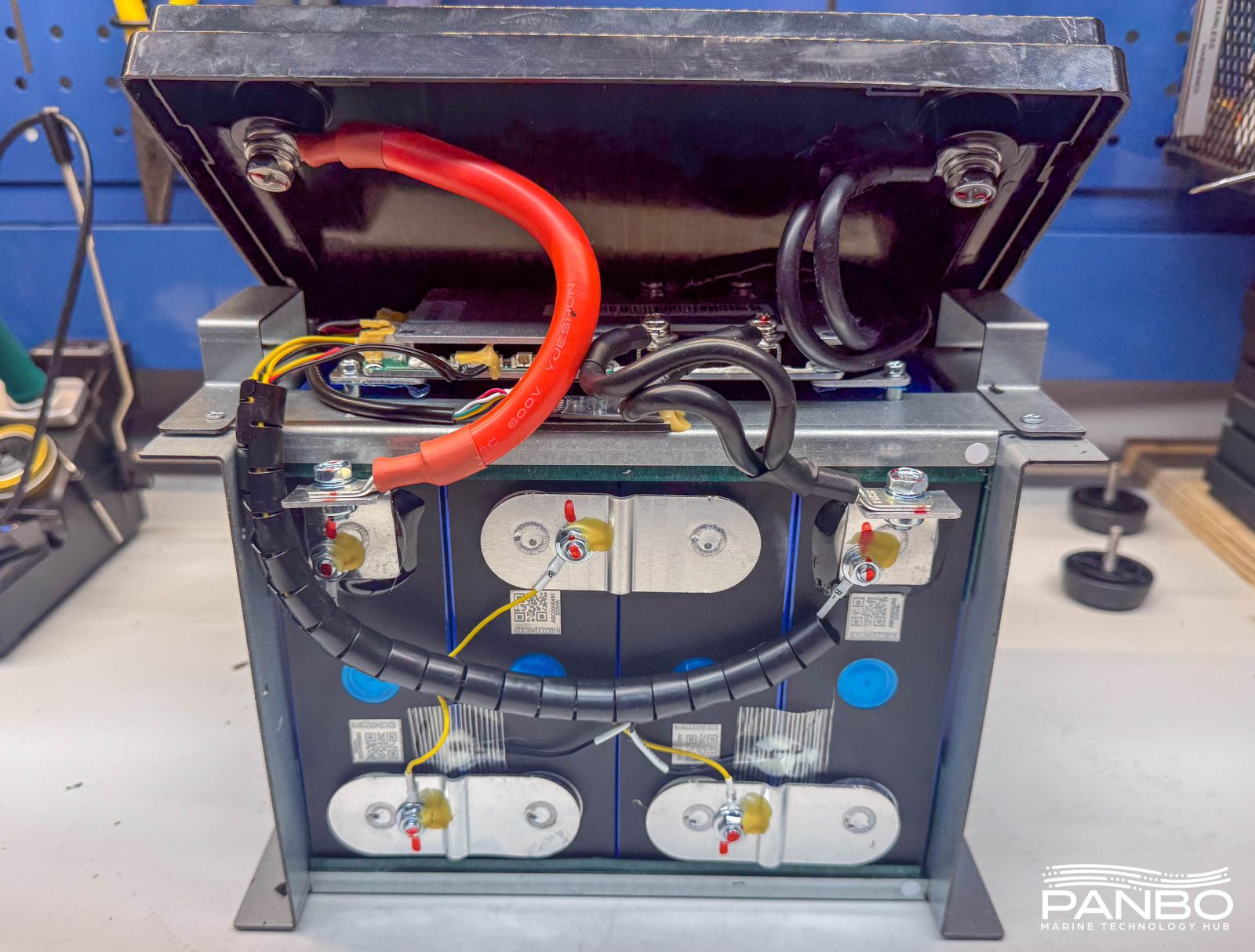
A new battery chemistry — lithium-iron-phosphate, along with power-conversion advancements — is having a major impact on life aboard a boat. LiFePO4 batteries paired with high-output alternators, advanced external alternator regulators, large inverters and sophisticated control systems can replace generators entirely. These systems let boaters enjoy being on the water without machinery noise. It is now possible to operate all the systems on board with only a handful of engine hours. Solar power can further reduce the required hours or even eliminate them altogether in temperate climates.
Lithium-iron-phosphate (LiFePO4 or LFP) batteries are lighter, store more energy, accept a charge faster and last thousands of cycles. Compared to lead acid batteries — whether flooded, sealed, AGM or gel — LiFePO4 batteries can utilize more of their potential energy without damaging the battery. Most lead-acid batteries should not be discharged below 50% to protect their longevity. LiFePO4 batteries can be discharged to 100% and still last thousands of cycles.
In the past three years, the price of LiFePO4 batteries (typically measured as dollars per kilowatt hour) has plummeted. Three years ago, 70 cents per watt hour was a competitive price for a battery from a reputable manufacturer. Today, heated batteries with Bluetooth communications are readily available for around 25 cents per watt hour. Larger-capacity batteries are often even cheaper.
As costs decline and capabilities increase, LiFePO4 batteries have become far more common on boats. Numerous major manufacturers offer them as standard equipment or options. However, some insurers are still uneasy about the new technology on boats, especially as reports circulate of thermal runaway in electric vehicles, but LiFePO4 is a far safer and more stable chemistry than those typically used in electric vehicles.
Satellite Communications
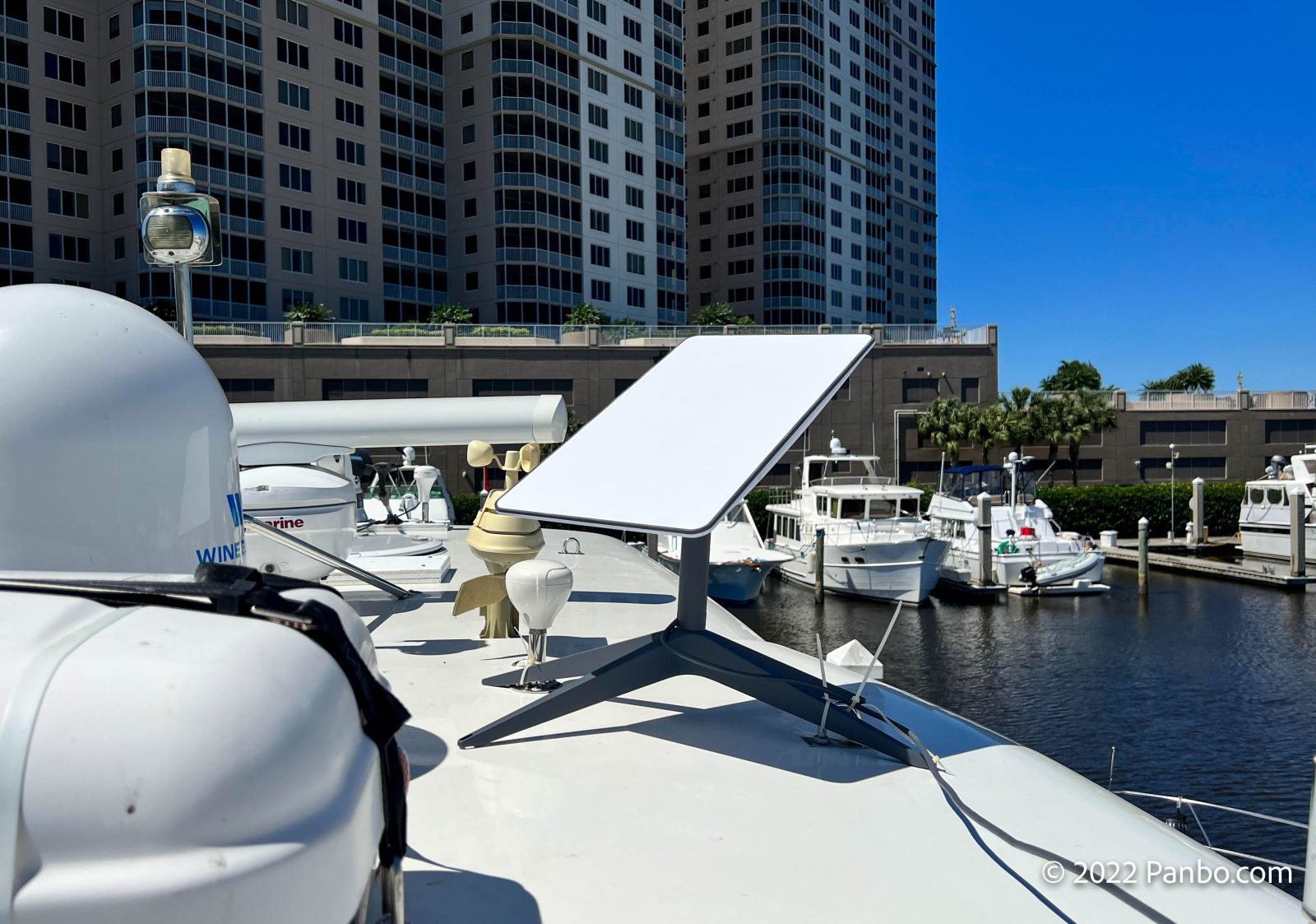
Five years ago, there was talk of launching hundreds or thousands of satellites to a much lower orbit than where typical communications satellites operate. The two early companies discussed were Starlink and OneWeb. Today, Starlink has launched more than 4,000 satellites. OneWeb, having emerged from bankruptcy, has launched 643 satellites along 12 orbital planes — think vertical lanes wrapped around the Earth from north to south poles — to cover the planet’s surface. Additionally, Amazon’s Project Kuiper has launched test satellites and secured launch slots to build a low- Earth orbit constellation of its own.
The Starlink constellation of LEO satellites delivers high-speed broadband internet at prices closer to cable or cellular than existing satellite internet options. In 2021, 6-megabit download internet cost $3,000 for 10 gigabytes of transfer. Today, Starlink offers unlimited coastal internet with speeds up to 150 megabits for $165 per month. Priority data that can be used anywhere on the ocean costs $1 per gigabyte. Cost dropping from $300 to $1 per gigabyte in four years is hard to fathom.
Starlink’s launch timing, at the tail end of the pandemic in early 2022, coincided with pent-up demand for mobile connectivity. As the pandemic forced everyone to work remotely, many people decided their boats made good floating offices. Often, the only missing ingredient was reliable, unlimited, high-speed internet connectivity. Starlink hit the market with unlimited connectivity and coverage that extended well offshore.
The hallmark of Starlink, like many other Elon Musk companies, seems to be constant change. That change has seen Starlink introduce new rate plans, price increases and policy changes, many of them for marine use. However, as frustrated as boaters are at times by the changes, few say they would go back to the way things were just a few years ago.
Starlink’s impact isn’t limited to working aboard and streaming entertainment. Electronics manufacturers can offer additional functionality and services based on the far greater availability of connectivity on the water. As additional constellations come online and equipment shrinks in size even more, we may well see the vast majority of boats being always connected.
Autonomy and AI
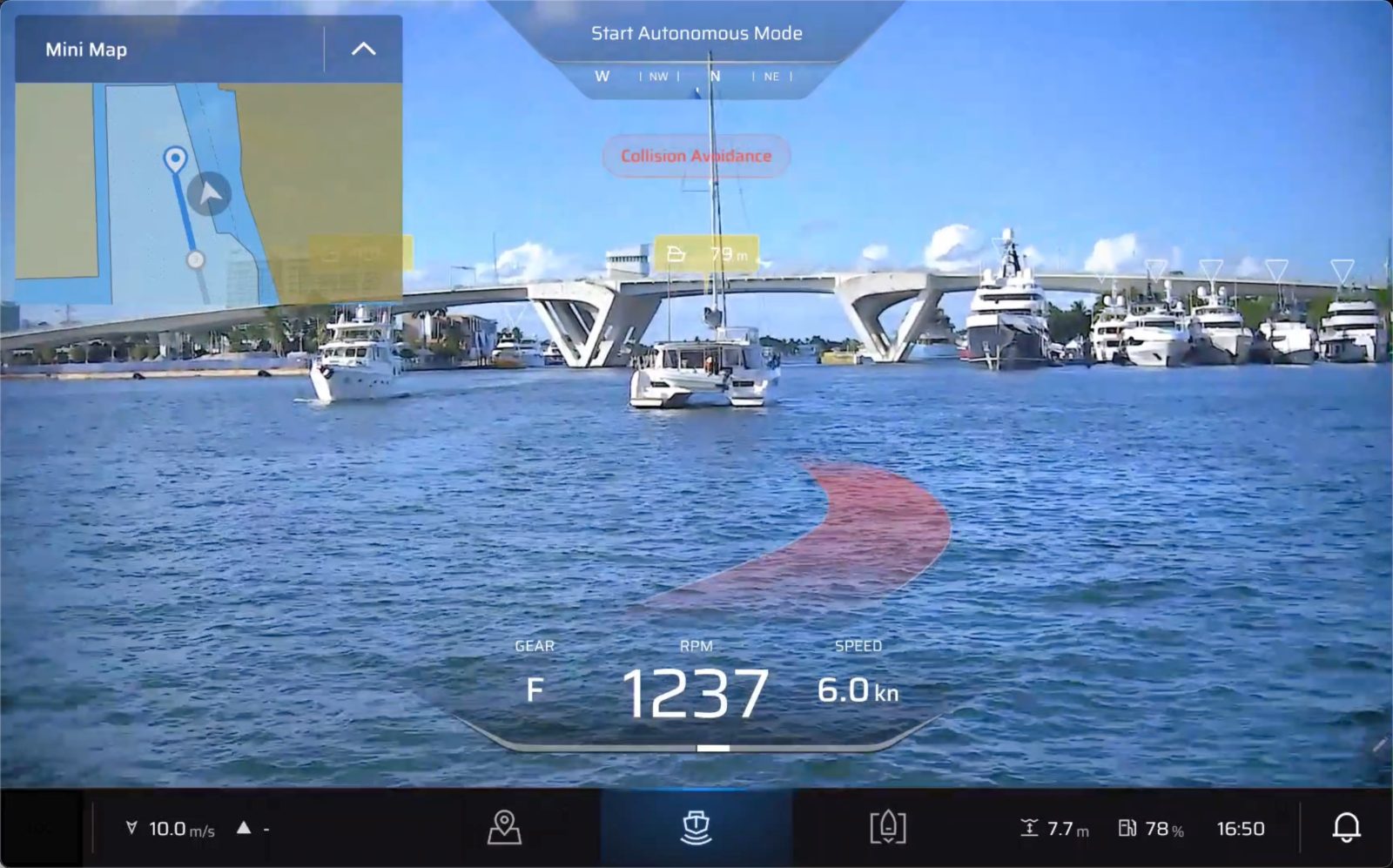
Raymarine, Boston Whaler and Mercury Marine teamed up five years ago to offer a preview of a technology called Virtual Bumper. It could automatically maintain a safe perimeter around a boat. Two years ago, Avikus arrived at the Fort Lauderdale International Boat Show with a boat capable of piloting itself through the busy waters of Port Everglades, Fla.
These technologies aim to make operating a boat easier and less stressful. That’s not a new concept in technology; almost 20 years ago, Volvo Penta introduced IPS, and shortly thereafter Joystick Control, which let new boaters move their boats like seasoned veterans. Joystick systems became the foundation for advanced operator-assistance products, including dynamic positioning systems and more recent autonomy products.
It is telling that the current crop of products leans hard on the idea of assistance and artificial intelligence, while thus far offering limited autonomy features. What boaters are experiencing appears to reflect a steady and sage approach by manufacturers, given that the size of boaters’ appetites for autonomy remains unclear. Recreational boating is, in no small part, about successfully navigating and maneuvering.
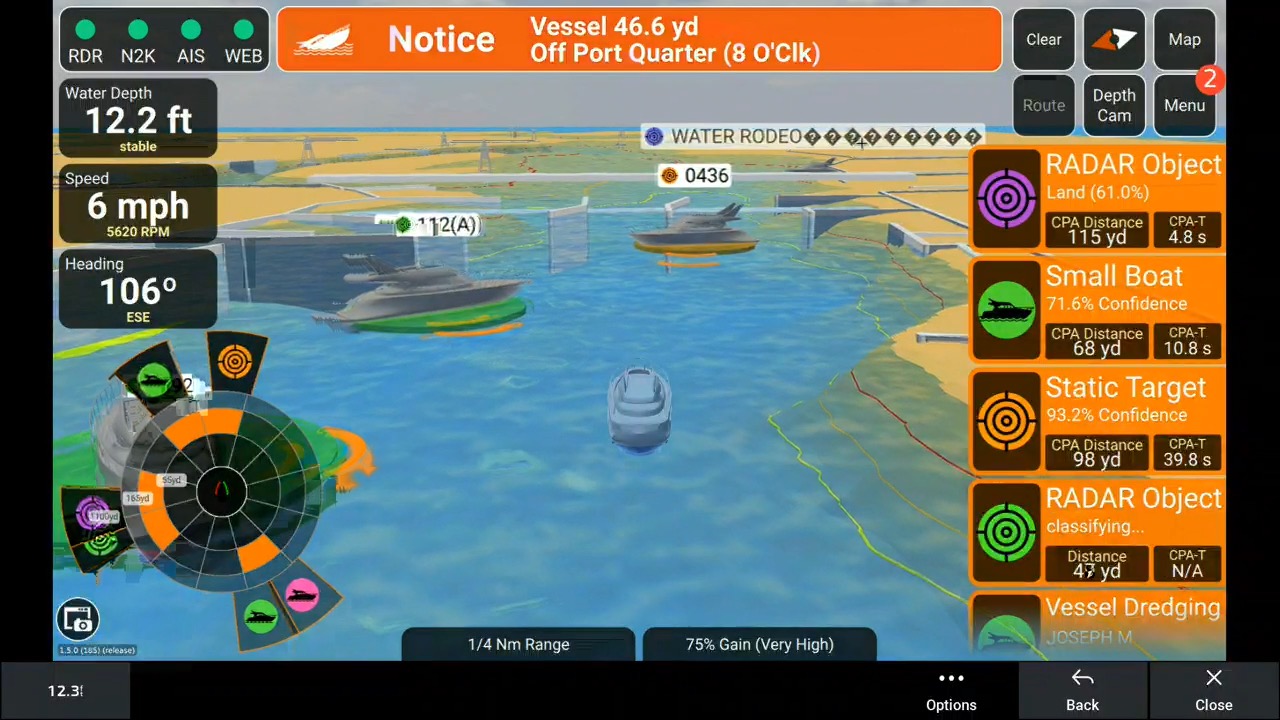
However, I don’t believe any such question exists about boaters’ interest in assistance technology and products. Outside of a few old salts, few people turn up their noses at bow thrusters, chart plotters or the myriad other products designed to make operating a boat easier.
What will the next five years hold? It seems reasonable to expect that these innovations will continue to deliver significant improvements for boaters, but I believe the single largest opportunity is likely in propulsion. As the industry charts a path toward a reduced carbon footprint, it must contend with the challenge of products that have long lives and limited use. It will be interesting to look back in a handful of years and see how that challenge is met.


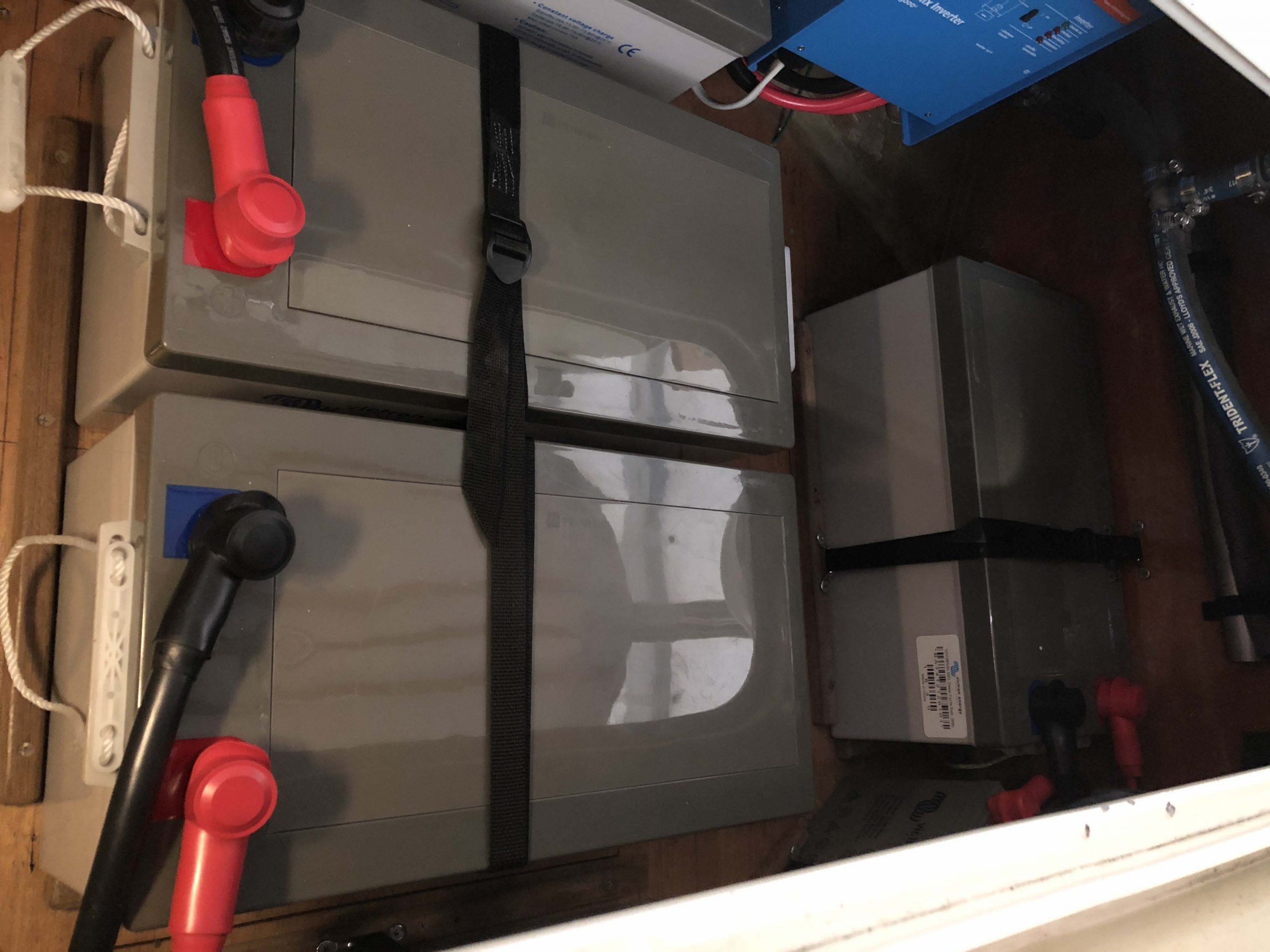


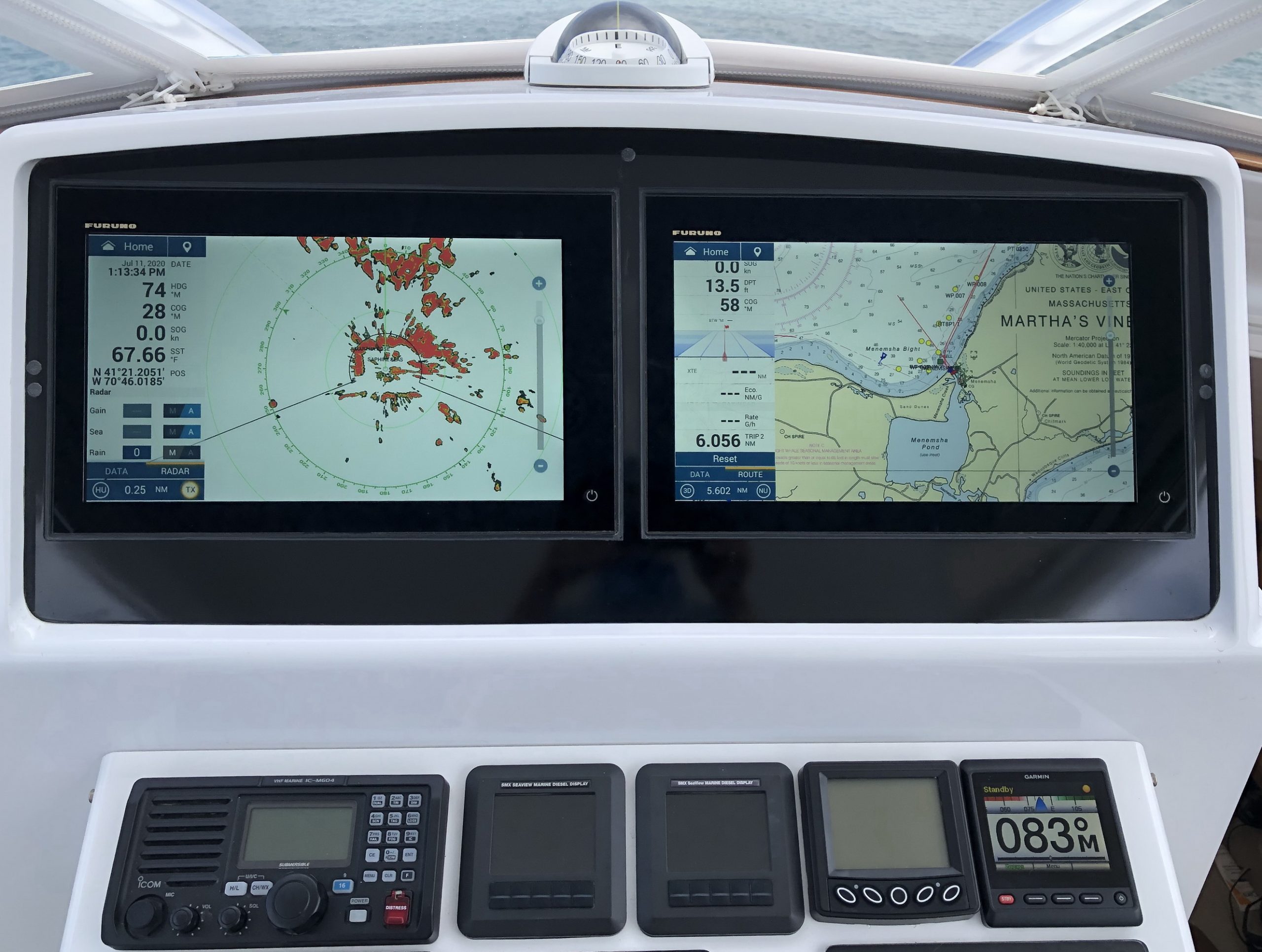








Great article! Small correction – in the LFP pricing discussion, I think you mean watt-hours rather than kilowatt hours.
Thanks Lewis, you are indeed correct. Turns out moving the decimal place three digits matters!
-Ben S.
Agree! Great article – and Lewis is right – I’d sure like me some of that $.25/kilowatt-hour battery 🙂
Great summary. Lots of change.